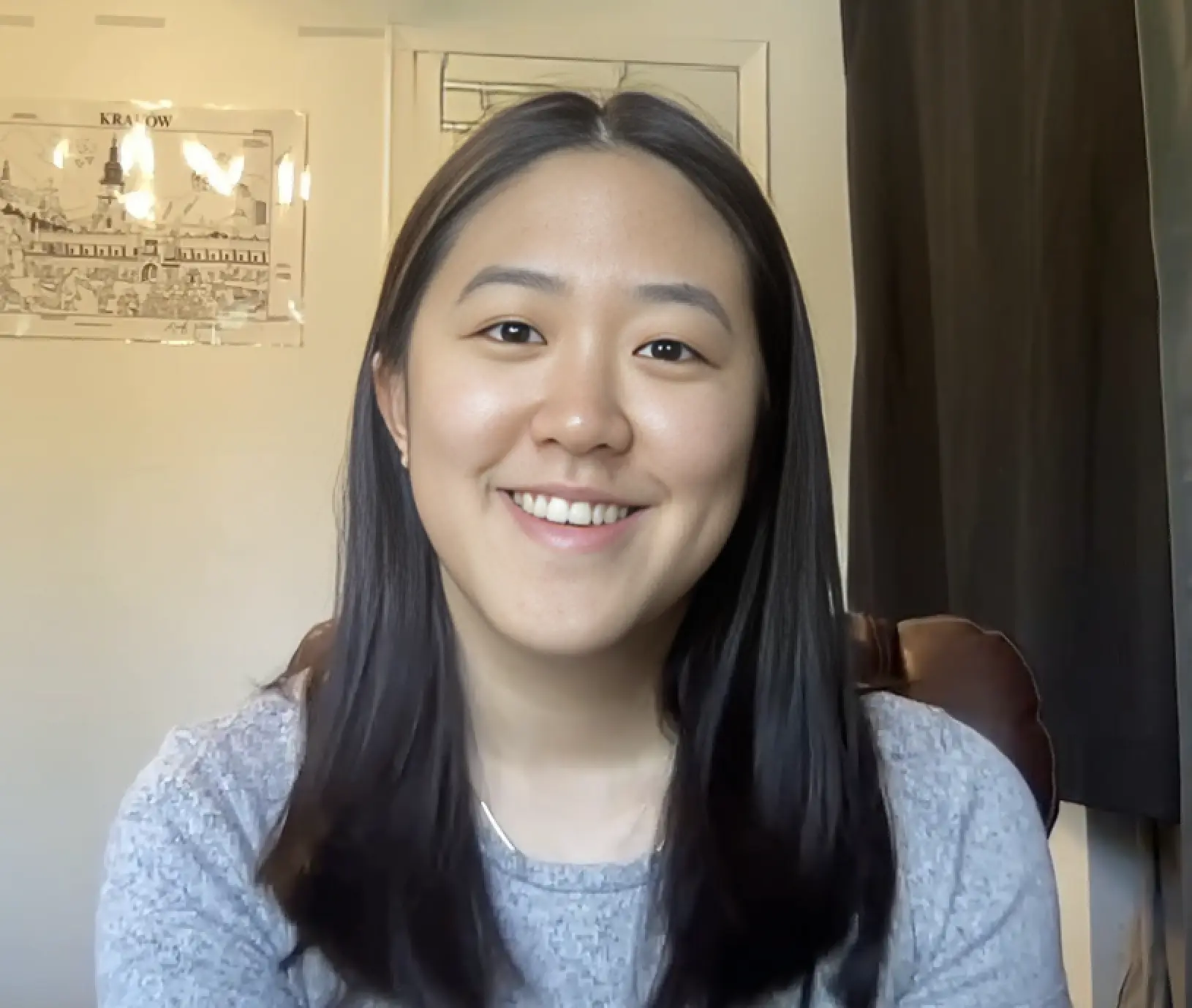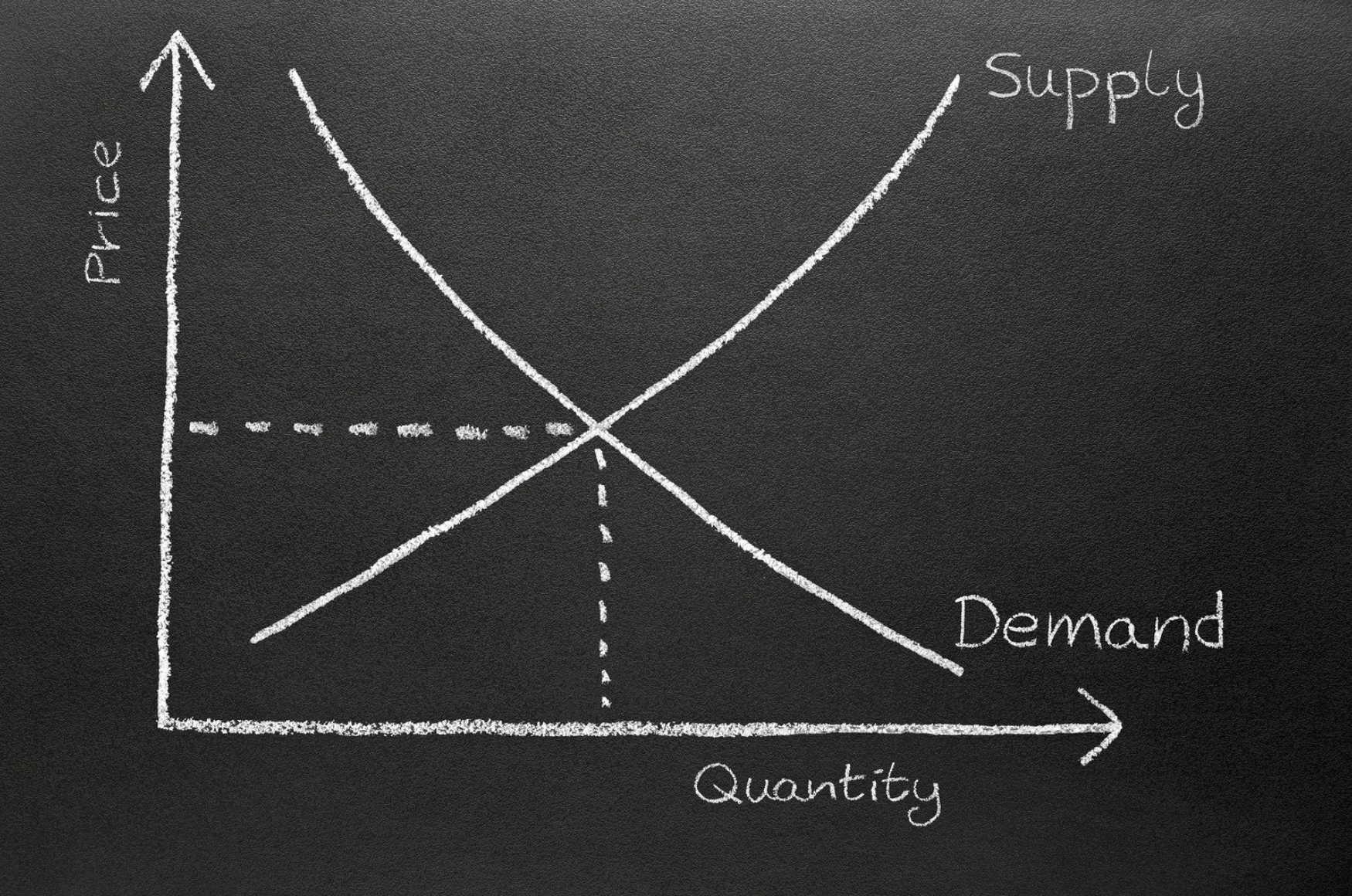Curious about how to capture your reader's attention? This article outlines various types of hooks for your writing. Learn techniques like engaging questions and powerful statements to keep your readers hooked.Examples of Different Types of Essay Hooks
Key Takeaways
- Hooks are essential for engaging readers and can take various forms like questions, powerful statements, and anecdotes.
- The effectiveness of a hook is tied to its relevance and connection to the essay’s overall theme and tone.
- Writing the hook after the body of the essay can help ensure it aligns well with the arguments presented.
Understanding Hooks in Writing
A hook is a device to grab the reader’s attention and frame the argument. Think of it as the fishing hook that lures in the reader right from the start, ensuring they are intrigued enough to continue reading, much like how a fishing hook must effectively penetrate the fish's mouth to secure a catch. Essay hooks are techniques used to engage readers, making them crucial for any piece of writing.
Good hooks can significantly influence the reader’s decision to continue reading. They are the first impression of your writing and indicate that you have a unique perspective on the subject. From rhetorical questions to surprising facts, quotations, anecdotes, and vivid descriptions, there are various types of hooks that can captivate your audience.
Mastering the art of hook writing not only enhances your ability to grab attention but also improves your overall writing skills. Let’s dive into the different types of hooks and see how they can be utilized to create compelling essays.
Definition of a Hook in Writing
A hook in writing is like the fishing hook that lures in a fish; it’s designed to capture the reader’s attention right from the very beginning. Typically found in the first sentence or paragraph of an essay, article, or story, a hook is crafted to be intriguing and thought-provoking. It can take many forms, such as a surprising statistic, a thought-provoking question, a personal anecdote, or a vivid description. The goal is to entice the reader to continue reading and to give them a glimpse of what the text is about. Just as a fishing hook is essential for catching fish, a well-crafted hook is crucial for catching the reader’s interest and drawing them into your writing.
Purpose of a Hook in an Essay
The purpose of a hook in an essay is to grab the reader’s attention and draw them into the text, much like how a fishing hook catches a fish’s mouth. A good hook should be interesting, surprising, or thought-provoking, providing a sense of what the essay is about. It can introduce the topic, offer background information, or make a bold claim that will be explored in the essay. In the same way that a fishing hook is essential for catching fish, a well-crafted hook is vital for capturing the reader’s attention and keeping them engaged. Without a compelling hook, readers might lose interest and move on to something else, just as a fish might swim away if the bait isn’t enticing enough.
1 - Engaging Question Hooks to Capture Reader's Attention
Question hooks pique curiosity by prompting readers to seek answers within the essay. Have you ever wondered why some people succeed while others fail? This type of hook invites readers to visualize a scenario, encouraging them to think and search for the answer.
An engaging question hook signals that the essay will provide the answer, compelling readers to continue reading. Rhetorical questions are commonly used in essays to provoke thought and maintain reader engagement. Questions that resonate with the reader’s experiences or curiosities set the stage for a compelling narrative.
Remember, a good question hook should be interesting and relevant to the essay topic. It should make readers pause and think, “I need to know more about this!” Whether it’s a rhetorical question or a direct query, the key is to spark curiosity and encourage further reading.
Example: "What if the secret to happiness is simpler than we thought?"
2 - Powerful Statement Hooks
A powerful statement hook is a bold claim about the topic that engages readers regardless of their agreement. For instance, many argue that vegans are among the healthiest people globally, highlighting the perceived benefits of their diet. This type of hook immediately grabs attention and sets the stage for a strong argument using hook points. Just as octopus hooks are designed to improve hookup rates in fishing with their curved shank and upward-bending hook eye, powerful statement hooks enhance the writer's ability to tie successful arguments and engage readers.
Such statements provoke thought and can spark debate among readers. They often present a stark contrast to common beliefs, making them highly effective in capturing the reader’s interest.
Whether you agree or disagree with the statement, you’re compelled to read on to see how the writer supports their claim.
Example: "Climate change is the single greatest threat to human existence."
3 - Fact and Statistic Hooks
A well-placed statistic can immediately set the tone for an essay, suggesting a serious or informative approach. For example, “Did you know that 70% of people suffer from stress-related issues?” This startling statistic outlines the importance of an issue and compels readers to engage with the content.
Statistics in essays can help to frame the discussion and support the writer’s position effectively. Surprising data can capture the reader’s attention and stimulate curiosity effectively. By presenting a fact or statistic that is relevant and intriguing, you establish a relatable context or highlight unexpected truths about a topic. Just as dead bait is particularly effective for anglers targeting fish like Crappie and Perch, surprising statistics can be highly effective in capturing the reader's attention.
Research paper hooks, in particular, benefit from surprising statistic hook or facts. These hooks draw the reader’s attention effectively and set the stage for a detailed exploration of the topic.
Example: "Did you know that nearly 8 million tons of plastic enter our oceans every year?"
4 - Metaphor and Simile Hooks
Metaphors directly compare two unrelated things, while similes use ‘like’ or ‘as’ for comparison. Both encourage readers to view a topic in a new light.
Sensory details in metaphors and similes capture the reader’s imagination and immerse them in the moment. For example, “Life is a rollercoaster, full of ups and downs.” This hook not only draws readers in but also sets a vivid and engaging tone for the essay. Just as jig hooks in fishing offer versatility with various styles and materials, metaphors and similes provide diverse ways to engage and captivate readers.
Example: "Life is like a box of chocolates; you never know what you're going to get."
5 - Narrative Hooks
A story hook in writing starts with a short story or episode related to the topic. Tailoring personal anecdotes to reflect various emotions can enhance reader connection. A well-crafted narrative hook sets the tone and piques curiosity, urging readers to want more. Just as circle hooks in fishing subtly and effectively hook fish, narrative hooks subtly engage readers and draw them into the story.
In a personal story narrative, vulnerability captures the reader’s attention and fosters a deeper engagement. An effective narrative hook often includes vivid sensory details that create an immersive experience. For example, “I still remember the day my world turned upside down. It was a rainy Tuesday, and the news hit me like a freight train.” In writing narrative essays, these elements are crucial for connecting with the audience.
Using emotional rawness and personal insight in a narrative hook can engage readers by making them feel connected. The effectiveness of a hook depends on its alignment with the narrative’s mood and purpose.
Example: "On a cold winter's night, I found myself lost in the woods with nothing but a flashlight."
6 - Descriptive Hooks
A descriptive hook is a vivid description that draws readers into the writing. The dog howled in pain. It limped along the side of the road. This type of hook utilizes rich imagery to captivate readers and make them eager to read more. Just as siwash hooks, with their open eye design, offer better functionality and flexibility in fishing setups compared to treble hooks, a well-crafted descriptive hook provides a more engaging and flexible entry point into your narrative.
A vivid description hook evokes emotions and curiosity, prompting readers to invest in the story. A good description hook makes readers want to know what comes next. By painting a vivid picture, you can draw readers into your narrative and hold their attention.
Example: "The sun dipped below the horizon, painting the sky in hues of pink and orange."
7 - Quotation Hooks
A quotation hook starts with a quote related to the essay topic, making it a powerful way to engage readers. Striking, powerful, and memorable quotes are the best choices for engaging hooks. For example, “As Albert Einstein once said, ‘Imagination is more important than knowledge.’”
Using a quote as a hook requires exact wording and proper citation, enhancing the essay’s credibility.
Starting a literary analysis essay with a relevant quote can effectively engage the reader and set the tone. A classic way to begin a literary analysis essay is by using a quote from the literature being analyzed.
Example: "As Mahatma Gandhi once said, 'Be the change you wish to see in the world.'"
Tailoring Essay Hooks to Different Essays
Questions, quotes, statistics, or anecdotes that relate directly to the essay’s main topic make effective hooks. A hook’s relevance to the overall subject matter is crucial for maintaining reader engagement. The choice of hook is influenced by the essay’s specific writing prompt and its intended purpose.
For argumentative essays, hooks should engage the reader and subtly introduce the core argument. In personal narratives, hooks should reflect personal insights and vulnerabilities to capture reader interest. Personal statements require hooks that present the author as a positive figure and align with the essay’s theme.
Using a controversial or bold assertion can effectively engage your audience’s interest. Strong hooks for essays align with the essays’ tones, types, and topics. Provocative statements can create a sense of urgency or importance in the topic being discussed. Just as tailored hooks are essential for different types of essays, treble hooks in fishing are known for their enhanced holding power and ability to secure fish, though they require caution for catch and release.
Hook vs Lead-In Transition
A hook serves as an opening statement in an essay, aimed at capturing the reader’s attention immediately. The hook is designed to draw readers in, while a lead-in transition prepares them for the thesis. The lead-in transition connects the hook to the main argument, often including background information that sets the stage for the essay’s main points.
The good hook captures reader’s attention, while the great hook lead-in transition ensures a smooth flow into the main argument, making the essay cohesive and engaging.
Writing Your Hook Post-Essay
Writing body paragraphs and the conclusion first provides a clearer understanding of your essay’s main arguments and points. Writing the hook after the body and conclusion can lead to a more aligned and effective introduction.
The hook should reflect the essay’s tone, ensuring that it resonates with the content that follows. A well-crafted hook not only captures interest but also provides a cohesive introduction that neatly ties into the essay’s main points.
Summary
Throughout this journey, we’ve uncovered the secrets behind crafting compelling hooks. From engaging questions to powerful statements, vivid descriptions to personal narratives, each type of hook serves a unique purpose in captivating your readers. The key is to experiment and find the hook that best aligns with your essay’s tone and topic.
So, the next time you sit down to write, remember the power of a well-crafted hook. It could be the difference between your reader stopping after the first sentence or eagerly devouring every word.



































































